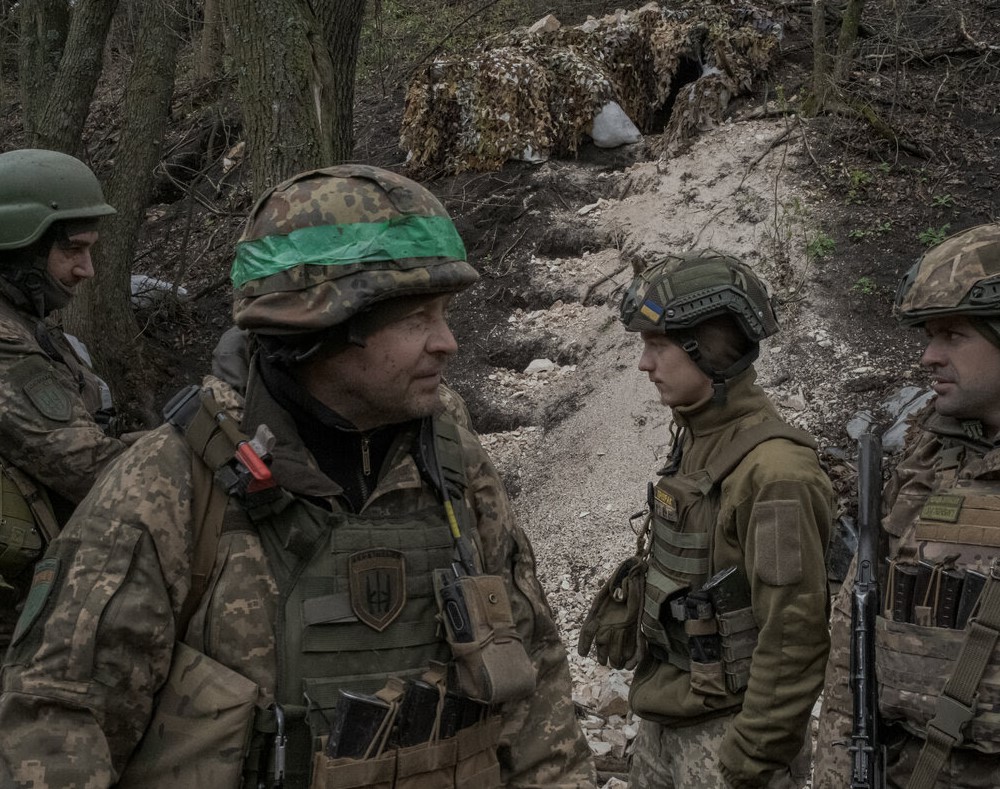The recent emergence of a treasure trove of classified Pentagon documents on social media has shed light on the extent of U.S. intelligence penetration into Russia’s military and intelligence services. These leaked materials, spanning late February to early March, paint a stark picture of a beleaguered Russian military struggling in its conflict with Ukraine, as well as a compromised military apparatus.
Of particular significance are the daily real-time warnings provided by the U.S. intelligence agencies on Moscow’s timing of strikes, including specific targets. This unprecedented level of insight into Russia’s military operations has allowed the U.S. to share crucial information with Ukraine, which is reportedly facing dire circumstances. However, the leak also poses risks to Ukraine’s war effort, as it exposes which Russian agencies are known to the U.S., potentially allowing Moscow to sever these sources of information.
Furthermore, the leaked documents have complicated relations with key allies such as Ukraine, Israel, and South Korea, raising doubts about the U.S.’s ability to safeguard sensitive information. The revelation of U.S. eavesdropping on allies inevitably strains diplomatic ties and may impede intelligence sharing, particularly with South Korea, which plays a crucial role in supplying weaponry to Ukraine.
In a broader context, these leaked documents reinforce what intelligence officials have long recognized: the U.S. possesses a deeper understanding of Russian operations compared to Ukrainian planning. Nonetheless, the unauthorized disclosure of these sensitive materials has far-reaching implications, highlighting the challenges and risks associated with espionage and the need for robust safeguards to protect classified information.
Source: nytimes.com





